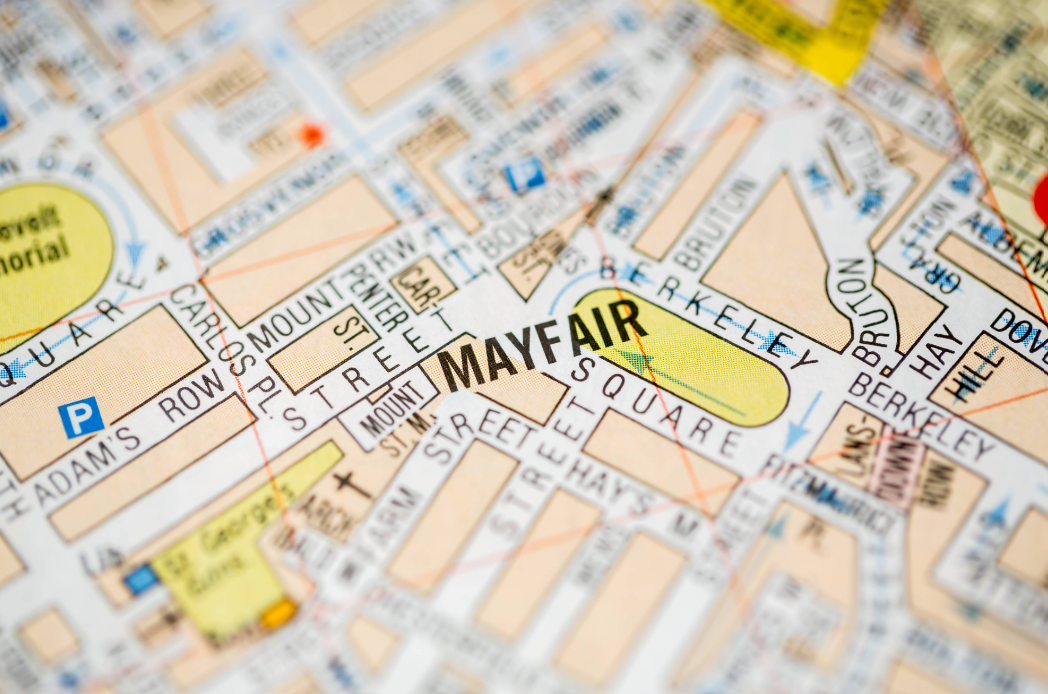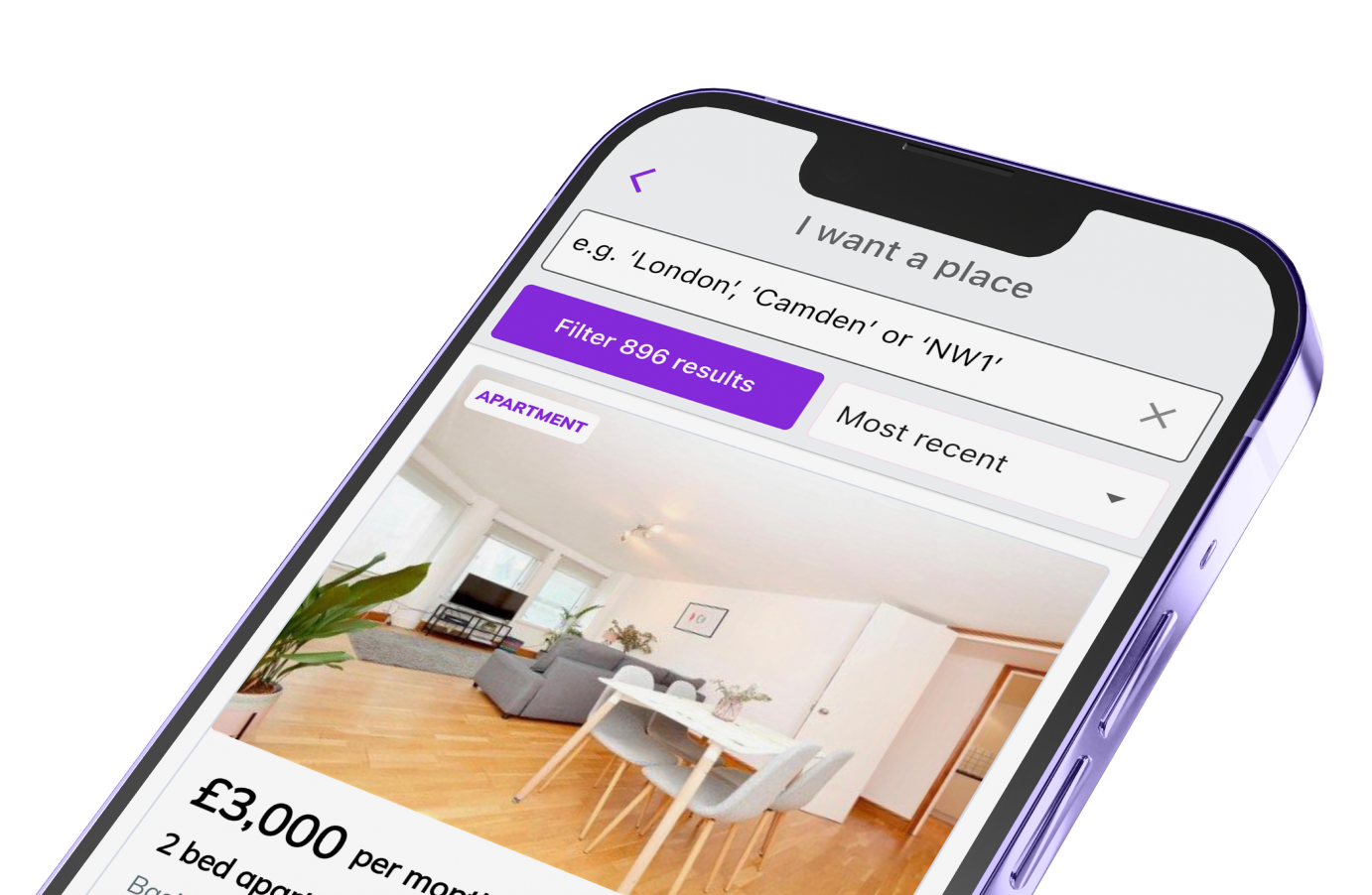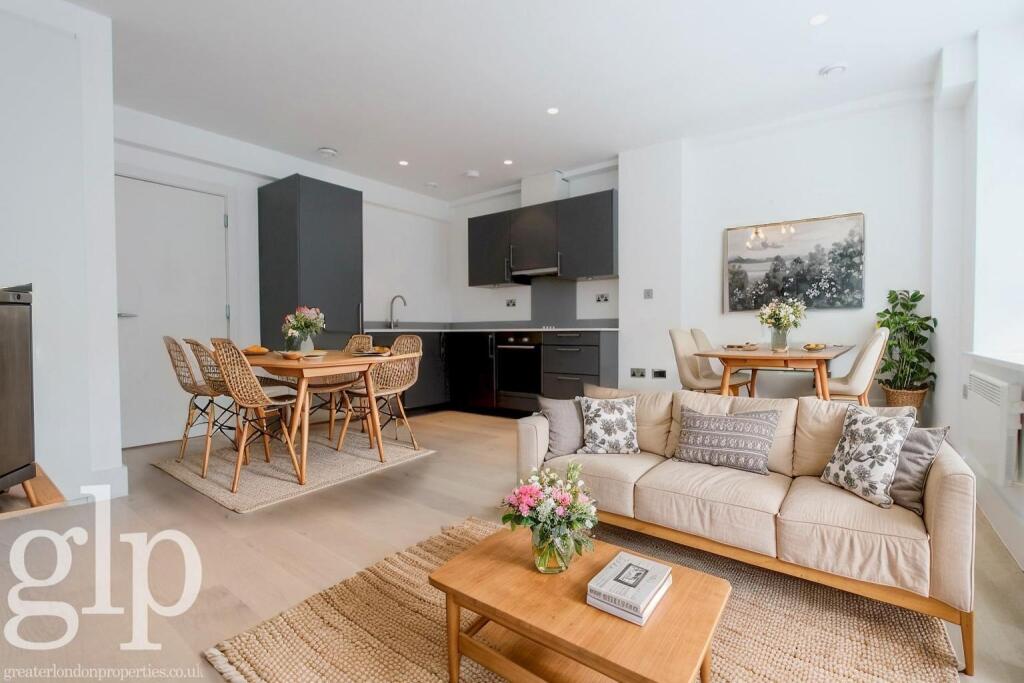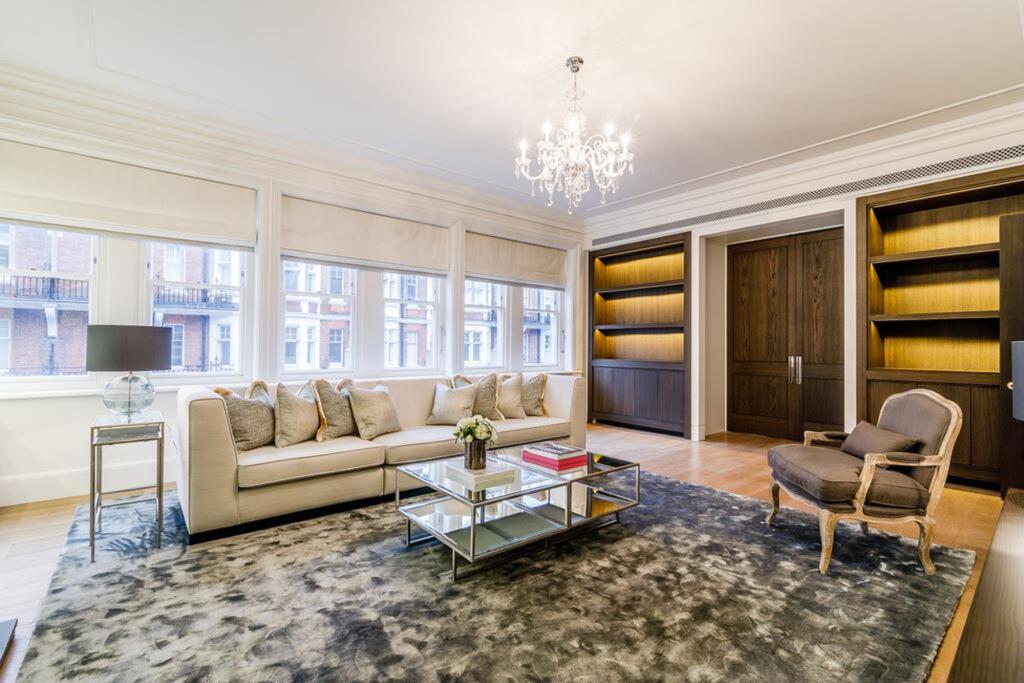
by Guy Lane | Local resident and Contributor to krispyhouse.com
Note: the views and opinions herein do not represent the views and
opinions of krispyhouse LTD
Mayfair is the London village. Yes, there are many, many London villages, from Hampstead to Dulwich, from Barnes to Bow. But Mayfair is a village in the very epicentre of the West End, the residential equivalent of the Square Mile, the City, the original Londinium, now given over to investment bankers and lawyers. As most folks know, Mayfair is the most exclusive, probably the most expensive area of London, so it’s an ideal place to live if you are a multi-millionaire (or a con man who wants you to think he’s one).
Mayfair is a square shape that’s the piece of the London jigsaw fits between Hyde Park to the west, Regent Street (and Soho) to the east, Oxford Street to the north and Piccadilly to the south.
Even though it is in the heart of the metropolis, extraordinarily, much of Mayfair still has a village feel to it. That’s one of the attractions of London.
So whereas there are embassies, consulates, art galleries and museums, corporate headquarters, major hotels, the are still corner shops, laundries, cafes, post office and other local services for the people who actually live in Mayfair. A good example of this is Shepherd Market… there you are in the very centre of London, and yet, if you squint, you could be a backwater of an English village.
It’s not surprising, given the price of houses and apartments, and the fact that Mayfair is very much on the international map, that wealthy folks from around the world form a large percentage of the Mayfair residential population. You will see plenty of Middle Eastern families and hear plenty of exotic languages. Funnily enough, wealthy Americans tend to go for Kensington, Notting Hill, St John’s Wood or Hampstead, whereas in Mayfair and Knightsbridge you tend to see more of those from the Gulf states.
As a place to live, Mayfair offers many benefits. A short walk west gets you to Hyde Park and its Serpentine Lake, where certain members of the Lido swimming club swim every day of the year, and where the Serpentine Gallery stocks the very latest in, usually quite bizarre, contemporary art. Be aware though, that the western area of Hyde Park is very often requisitioned for big public events, notably the Christmas fairground and summer concerts by ageing (zimmer frame?) A list singers like Elton John and Bruce Springsteen.
Park Lane, between Mayfair and the park, has major hotels, Grosvenor House, Dorchester, Hilton and Inn on the Park. Perhaps the most famous Mayfair hotel is however Claridge’s in Brook Street. It is a wonderful exercise in Art Deco and if you can’t quite cope with the room rates, you can always go there for a cup of tea or a cocktail.
Along the northern border of Mayfair you have Oxford Street, featuring Selfridges, which, as department stores go, must rank as one of the best in terms of quality, food and drink offerings, and general style.
Along the western edge is Regent Street, which has been totally revamped in recent years and has many leading stores, including Hamley’s, Aquascutum and Burberry.
Then, along the southern border, Piccadilly has The Ritz, The Royal Academy, Fortnum & Mason, Hatchard’s book shop and a vital supplies including Beluga caviar and Cuban cigars.
Grosvenor Square was, until recently, home to the massive US embassy, the scene of quite a few demonstrations during the Vietnam War. The US embassy is now south of the river, in a strange looking new building in Nine Elms.
The Duke of Westminster owns a good chunk of Mayfair through his company, Grosvenor Estates. So if you lease or rent a place there, he might become your landlord.
The in crowd, the haute monde, the political, bureaucratic elite, combined with hedge funders and art gallerists, amuse themselves (and sometimes each other) by frequenting certain, well established, fashionable watering holes, namely, at the moment, 5 Hertford Street (club favoured by the cogniscenti), 34 Mayfair, Harry’s Bar and Scott’s (restaurants, the latter being fishy). Should you engage in such activities and you are the one paying, if you need to look at the prices on the menus, it means you probably shouldn’t be there.
In this ‘high society’ there are no doubt a number of rogues, fixers, chancers as well as the upright, bona fide, well-heeled types. That’s really the charm of Mayfair, trying to determine which is which, or rather, whom is whom.
If mingling with society is not quite so important to you, why not head for the wonderful, new Royal Academy extension, which presents three extraordinary pieces of art: a sixteenth century copy of Leonard’s Last Supper, The Virgin and Child with the Infant St John sculpture by Michelangelo, and a copy of the Torso di Belvedere. They are located in the northern end of the building – the best entrance is Burlington Gardens.
Of course, whether you are actually buying anything or not, a wander along Bond Street and its continuation, New Bond Street, is highly entertaining simply looking at the fabulous window displays in the luxury brand shops, Luis Vuitton, Ralph Lauren, Jimmy Choo, Dolce & Gabbana, and all that jazz. Fenwick, on the corner of Brook Street and Bond Street, is a very upmarket, relatively small department store, for people who probably find Harrod’s and Harvey Nichols slightly vulgar.
Berkeley Square is focal point. There’s a Berkeley Square Ball every summer, an opportunity for very posh people to let their hair down. Around the square you will find Annabel’s (night club named after Annabel Goldsmith and now owned by the ubiquitous Richard Caring), Phillips auction house, the Jack Barclay Rolls Royce and Bentley showrooms, and Sexy Fish, an expensive Asian restaurant.
So if you win the lotto, you could has a Sexy Fish lunch, buy a Roller, bid on a few Andy Warhol screen prints, have dinner at Harry’s Bar, then move on to Annabel’s for a crescendo, and crash out at Claridge’s.
What a day.


















































